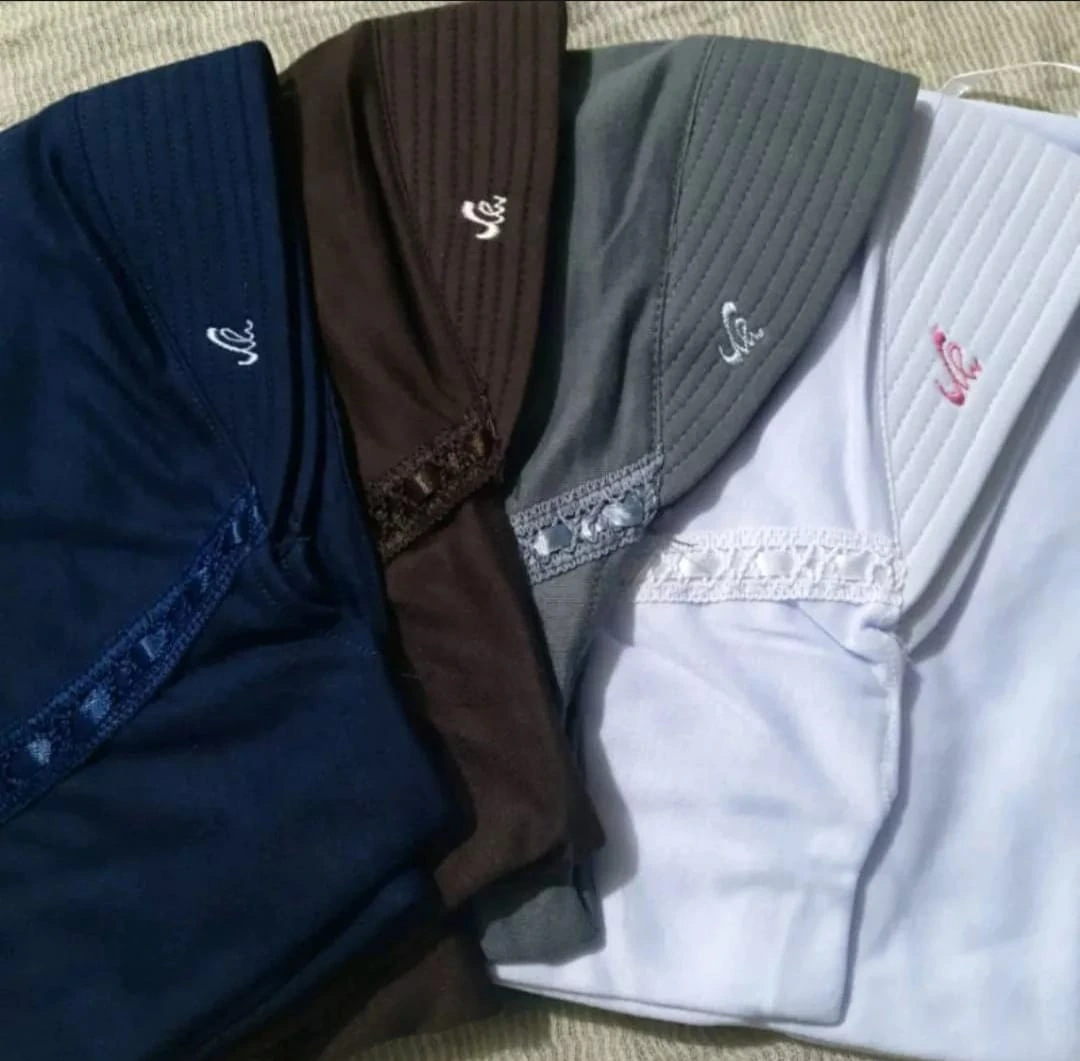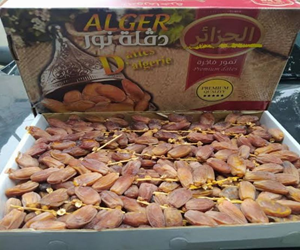JAKARTA, BERITAPOLITIK.ONLINE — Sundanese Wiwitan belief is one of the flow of local beliefs that are born and developed in the Pasundan land. This teaching has a long historical root, long before the presence of major religions such as Hinduism, Islam, and Christianity in the archipelago.
In the teachings of Sundanese wiwitan, a figure that is believed to be God Almighty is known by the name Sang Hyang Kersa or Nu Ngersakeun (Who wants).
This belief is understood as a way of life and moral guidelines for adherents. Although classified as a flow of beliefs, indigenous peoples such as the Kanekes (Badui) community consider Sundanese Wiwitan as their religion, even calling it “Slam Sunda Wiwitan”, which in their dialect, “slam” is interpreted as Islam, even though its teachings remain independent.
The concept of divinity and natural structure
Sunda Wiwitan recognizes the concept of ancient monotheism, which believes in the existence of an Almighty Essence, Sang Hyang Kersa, who is not tangible but becomes the source of all life. In its belief system, the universe is divided into three main layers:
- Buana nyungcung: The highest nature where Sang Hyang Kersa resides;
- Middle Panca Buana: The nature of human lives and other living things;
- Buana Forbids: The lowest nature is called hell.
Between Buana Nyungcung and Middle Panca Buana, there are 18 layers of spiritual nature. Among them are Mandala Hyang and Alam Kahyangan, where the sacred figures live like Nyi Pohaci Sanghyang Asri and Sunan Ambu. Sang Hyang Kersa was also believed to have dropped seven gods on Earth, one of them Batara Cikal, who is considered an ancestor of the Kanekes.
Moral teachings and life values
Sunda Wiwitan philosophy rests on two main principles, namely Human Characteristics And The way the nation’s characteristics. Human characteristics include five basic values: compassion (affection), LOVE USUK (family order), manners, language, and culture, as well as Wiwaha Yudha Naradha (wise nature in acting).
While the way the characteristics of the nation underline differences between humans consisting including visual elements, customs, languages, characters, and culture. These principles are not explicitly written in the Sunda Wiwitan Scriptures known as Sanghyang torture Karangsian Cage (Kropak 630), but have been carried out for generations in the practice of daily life.
The main taboo taught in this teaching is simple, namely the prohibition on doing things that are not liked by others, endangering others, and endangering oneself. But in its development, various additional restrictions emerged, especially for the people of Baduy, as a form of respect for the sacred place and the tradition of ancestors.
Traditions, ceremonies, and holy places
Sundanese Wiwitan conveyed prayers and gratitude through traditional rhymes, lives, and traditional dances. One important tradition is the celebration of Seren Taun, which is a form of gratitude for the harvest and marker of the turn of the year based on the Sundanese calendar. This celebration is routinely held in a number of areas such as Kanekes (Banten), Cigugur (Kuningan), and Kampung Naga (Tasikmalaya).
The sacred places in this teaching are known as Pamunjungan or Kabuyutansuch as the Genters Earth, Mount Padang, Kawali, and Used Sites Pamunjungan in Pakuan Pajajaran (Bogor). Kabuyutan is usually in the form of punden terraces and is considered a sacred location for respect for ancestral spirits.
Discrimination and protection efforts
Although it has existed long before the entry of major religions, the Sunda Wiwitan adherents are still facing discrimination. One example occurred on July 20, 2020, when the burial area of the Sunda Wiwitan adherents in Kuningan Regency was sealed by the authorities and residents because they did not have a Building Permit (IMB). The local government also assessed that the building resembled a monument and was considered an object of worship, even though it was denied by his adherents, Juwita Djati Kusuma Putri.
Juwita asserted that the building was an ancestral tomb and part of the Sundanese Wiwitan belief that had been passed down from generation to generation. He stated that Sunda Wiwitan was the trust that was first present in the Sunda Land before other religions came.
Cultural heritage and Sundanese identity
Although many Sundanese people now embrace formal religions such as Islam, the noble values of Sunda Wiwitan are still inherited in the customs, culture, and ways of life of Sundanese people. This teaching is considered an original religion that enriches the treasures of the archipelago culture and becomes the spiritual identity of the Sundanese society.
With the existence of thousands of sites, Pamunjungan in the Sunda Tatar, Sunda Wiwitan is an important historical evidence that Sundanese people have had their own structured and developed trust systems before the Hindu-Buddhist kingdom era and the arrival of Islam.
As part of a non-object cultural heritage, the preservation of the teachings and traditions of Sunda Wiwitan is a shared responsibility in order to maintain the spiritual wealth and local wisdom of the Indonesian people.






